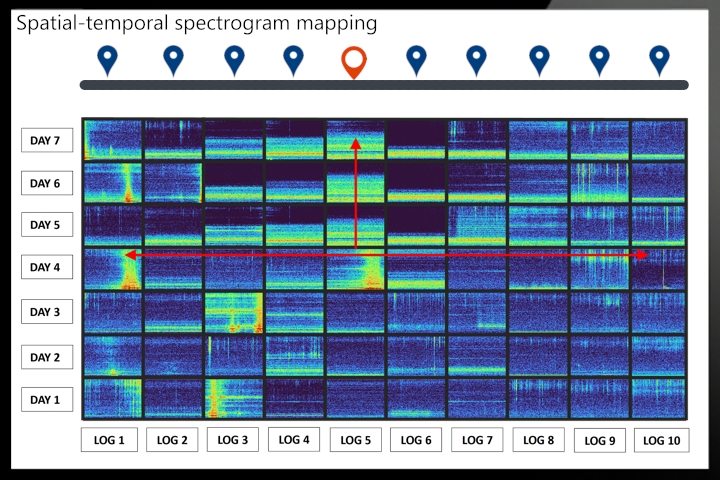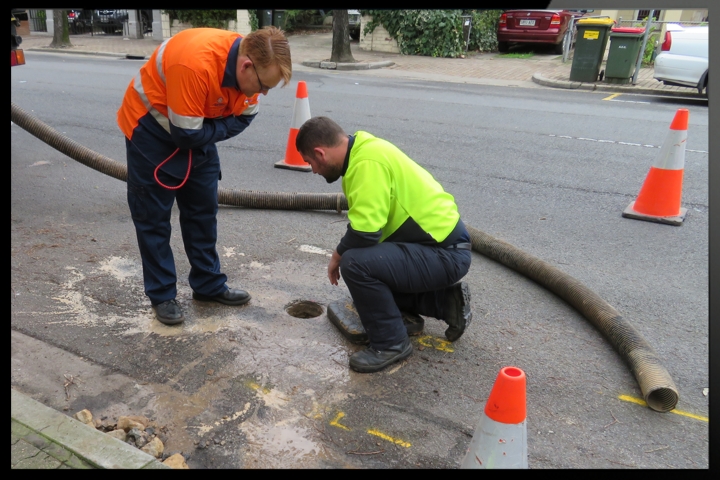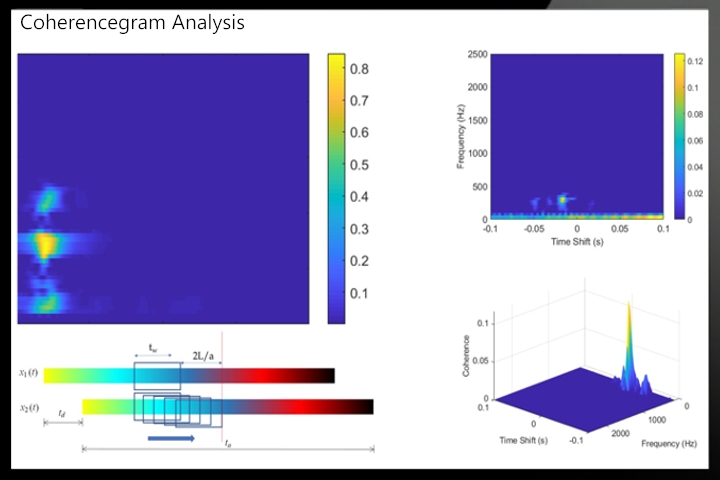Leaksense Platform
• Enables daily, weekly or monthly view of alert types and numbers with field feedback cycle enabling utility analytic customisation.
• Integrates with utility geospatial, work order and business reporting systems for alert response management and auditing.
• Developed within an Azure cloud based SaaS platform, offering out-of-the-box integration for any industry partners.
• Works well with different levels of users from experienced operators to non-technical users, easy to implement and update.
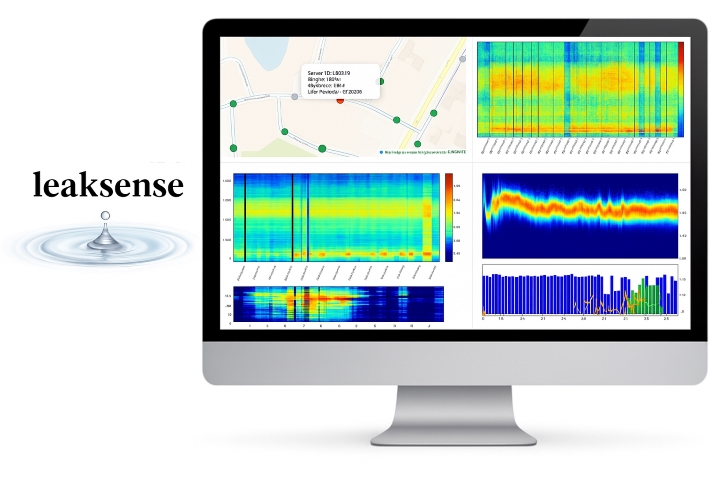
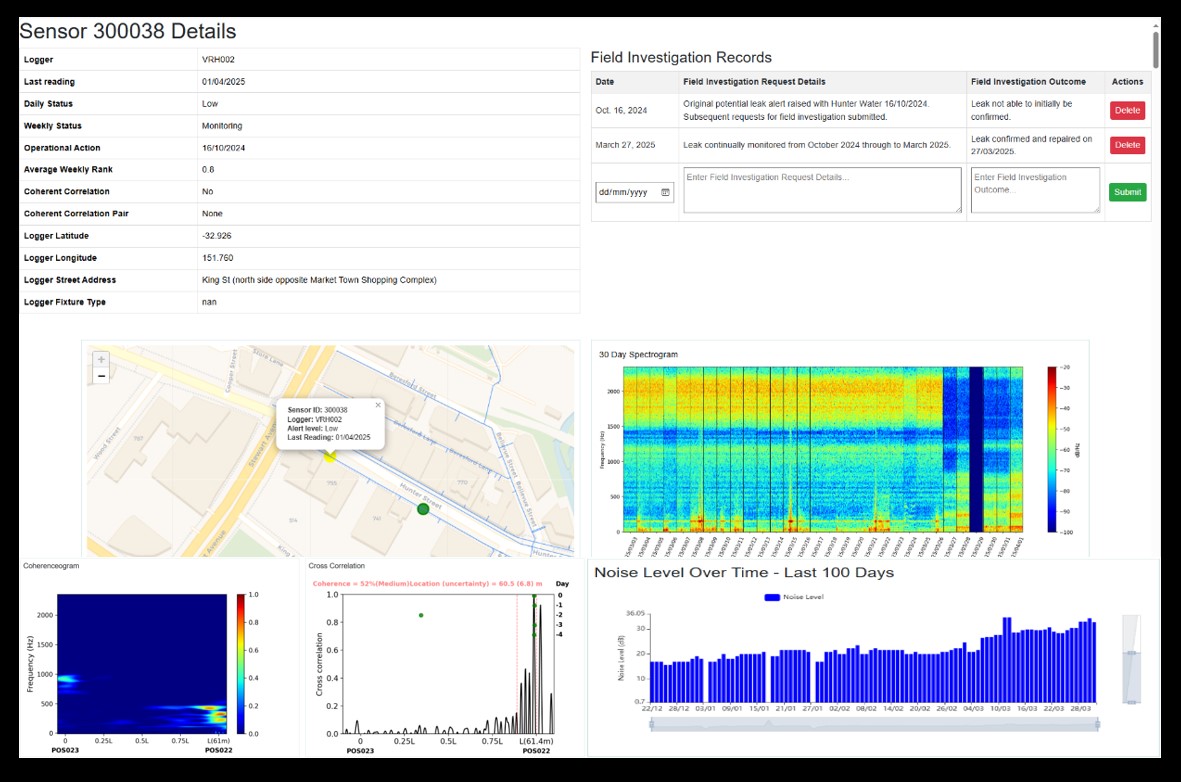
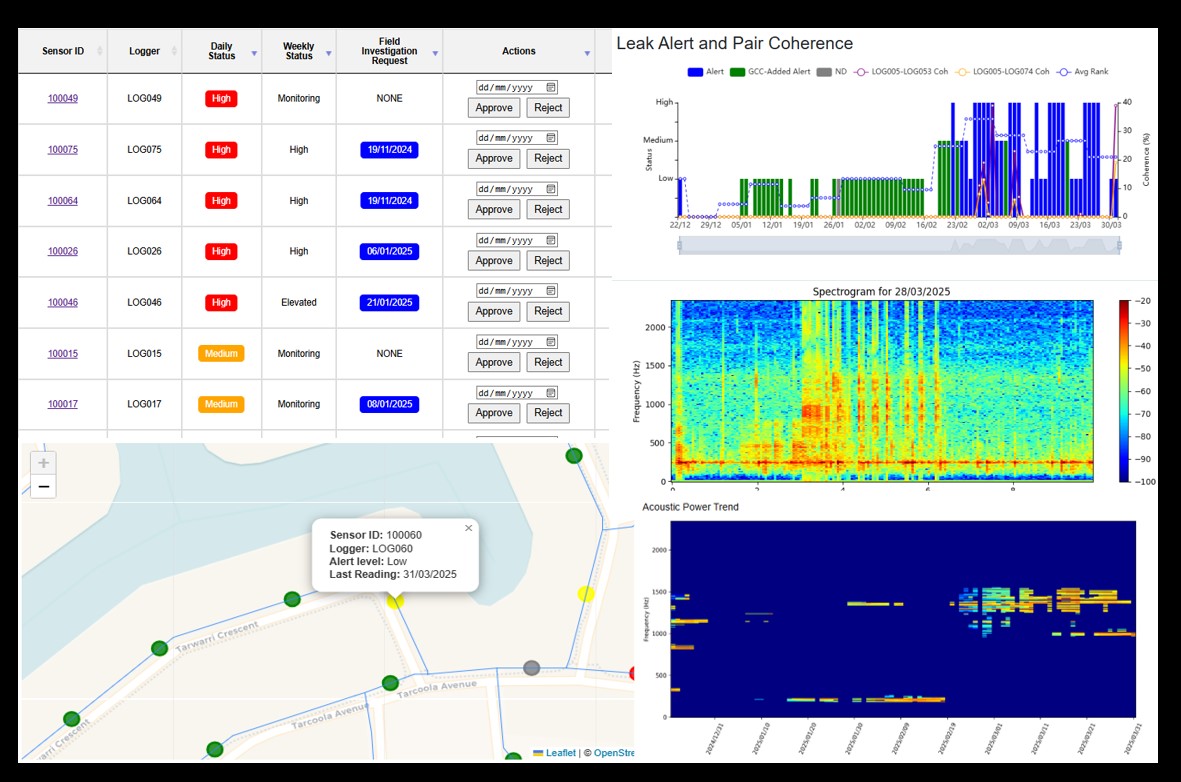
Sensor Installation and Diagnostics
• Sensor installation (including placement) to optimise sensitivity, reduce artifacts and achieve reliable performance.
• Sensor sensitivity, filtering and, amongst other things, dynamic gain behaviour testing.
• Analysis to determine whether sensor field configurations have been disrupted and whether action is required.
• Fingerprinting of sensor operational histories for visualisation and checking of work order records.
• Work order system integrations and feedback loops for improvement through to auditing.
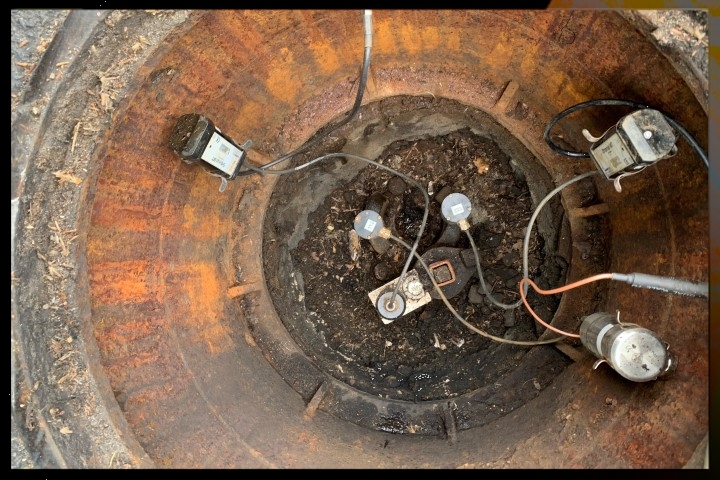
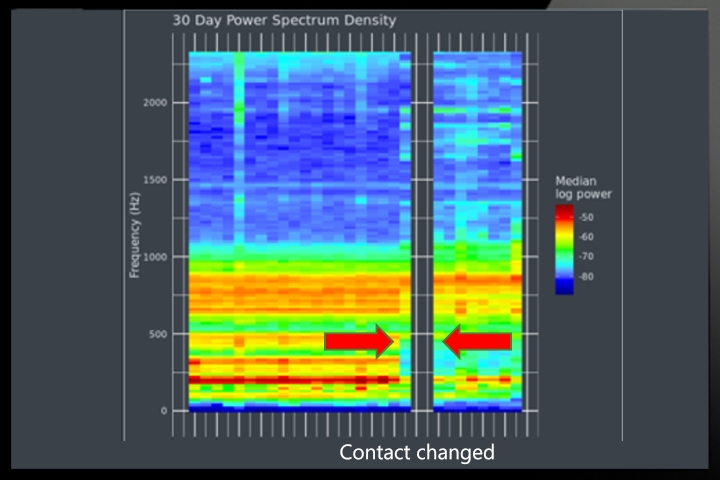
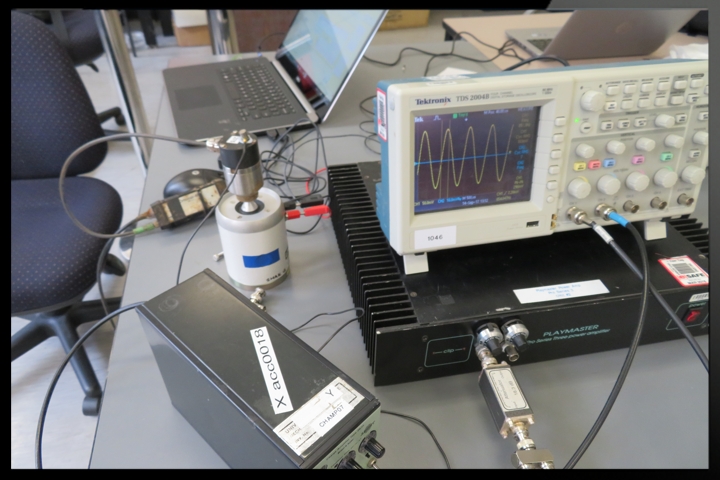
Event Classifiation
• Leak identification and characterisation using statistical and machine learning analytics.
• Analysis conducted in the audio and visual spectrum over time and frequency domains.
• Algorithms developed continuously over 5 years using field verification data feedback.
• Alert priorities determined using leak versus environmental noise discriminators and statistical and machine learning driven logic.
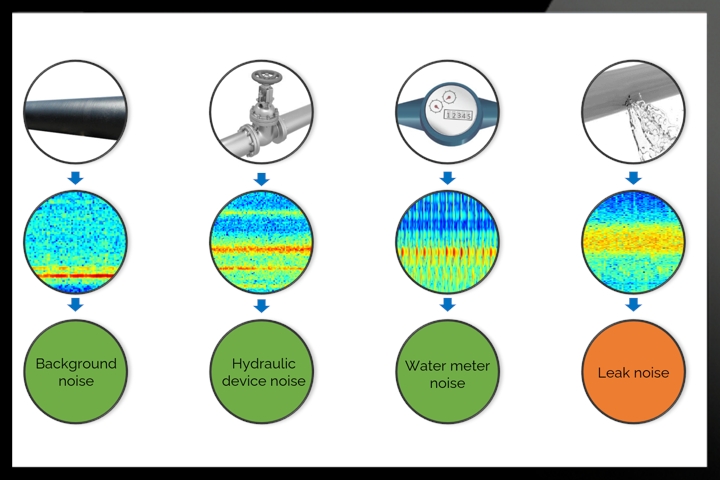
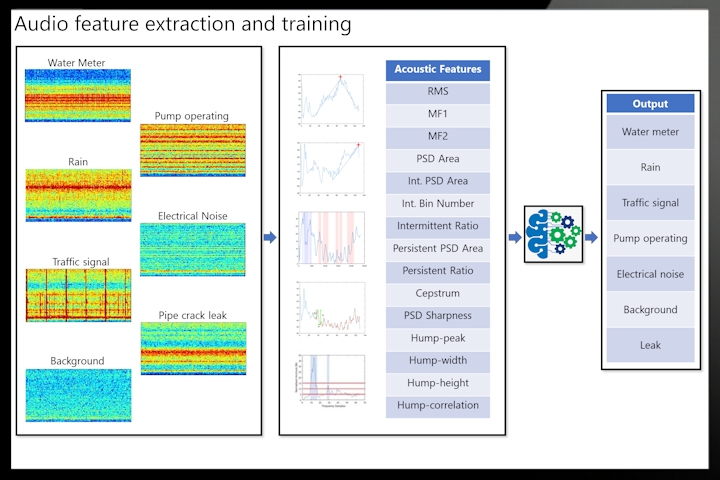
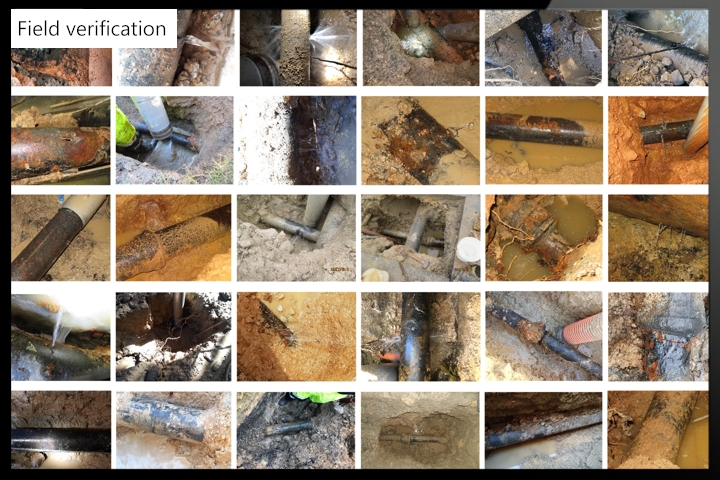
Pattern Recognition
• Early leak and pipe break detection using sensitive frequency power level change analysis.
• On-going tracking of leak and pipe break development and repair prioritisation.
• Identification of other regular or irregular patterns and discrimination from leaks.
• Time and space change and pattern recognition for single, double or greater numbers of sensing locations combined with characterisation of individual signals.
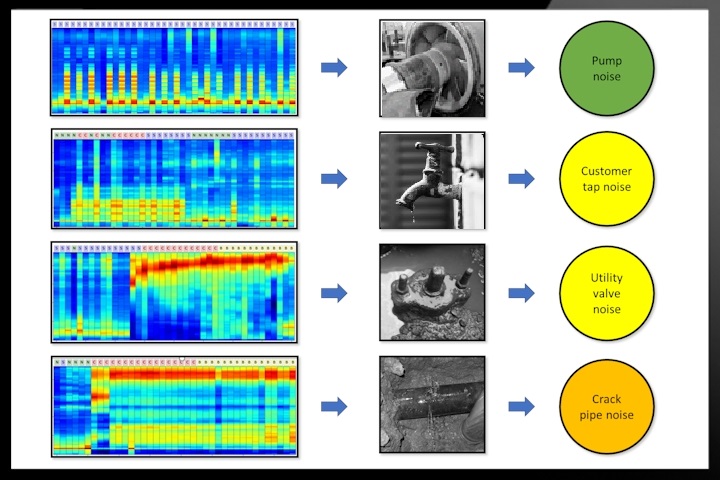
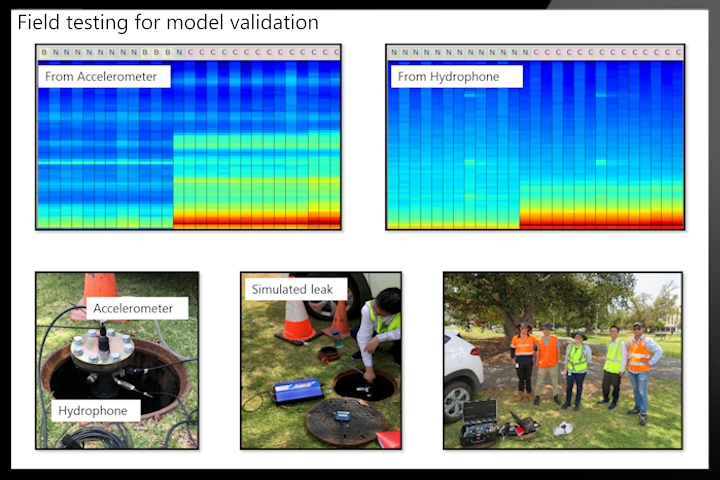
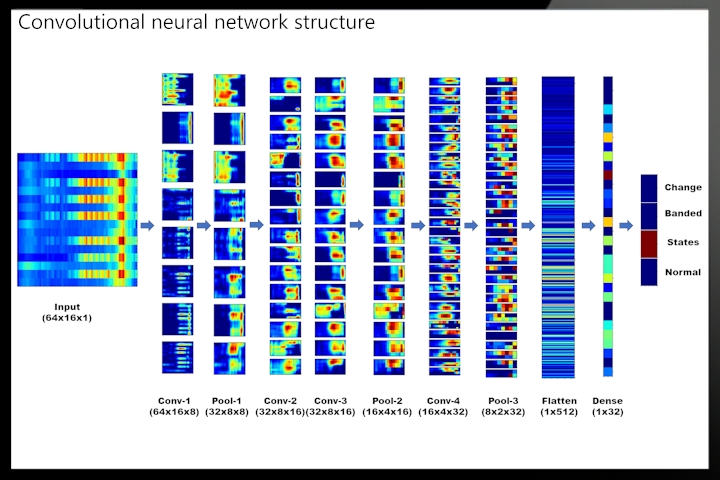
Denoising and Localisation
• Acoustic signal reinforcement using denoising methods to focus on leak sources and enable earlier detection.
• Use of data from multiple sensors as part of signal reinforcement.
• Focus on coherent acoustic energy to improve leak localisation accuracy.
• Use of coherent acoustic energy for leak characterisation and prioritisation.
